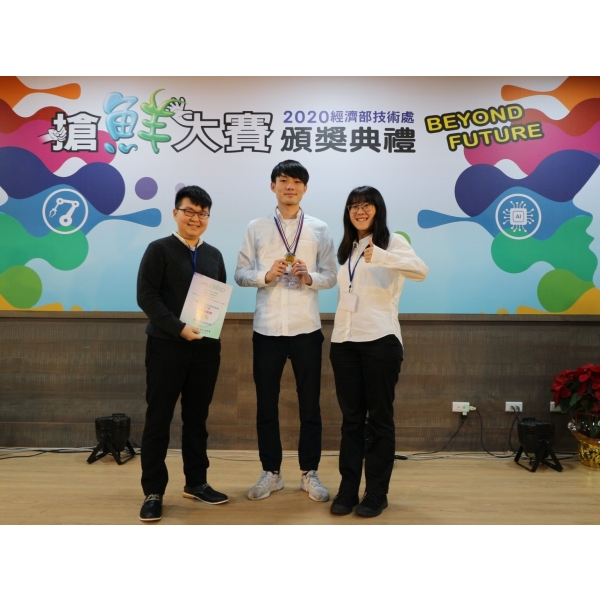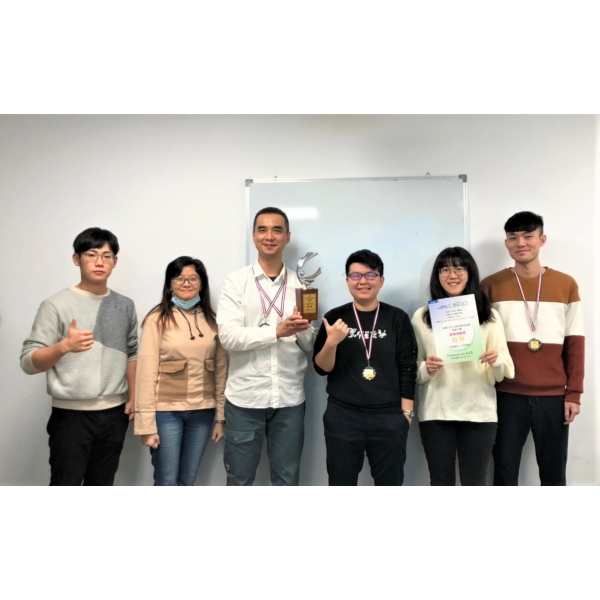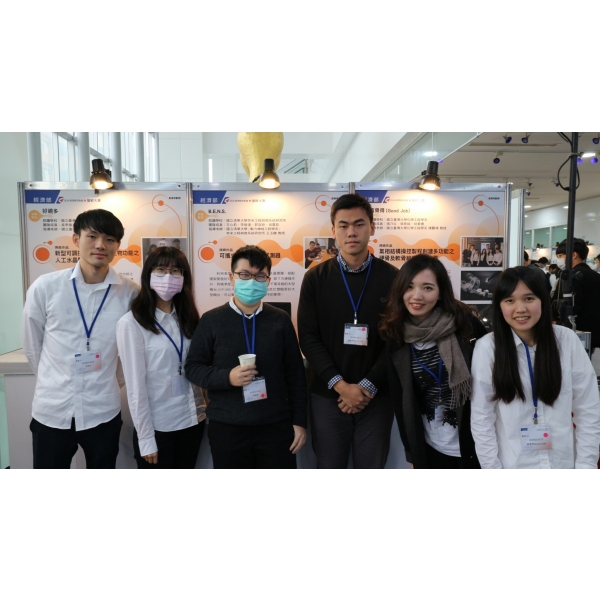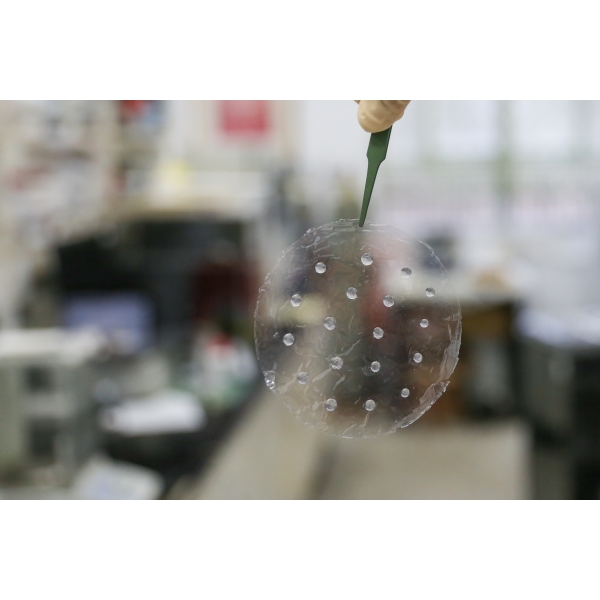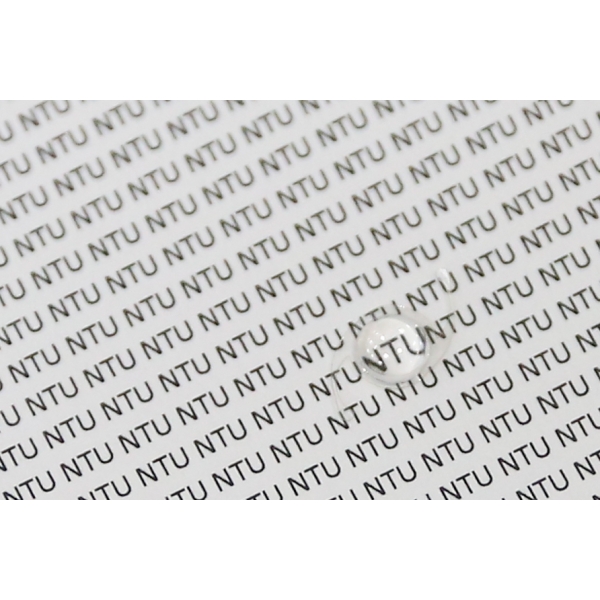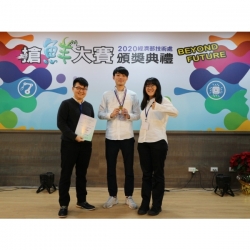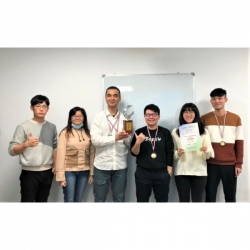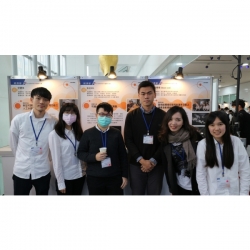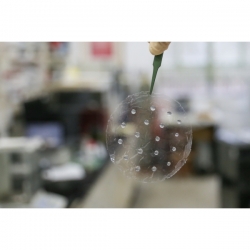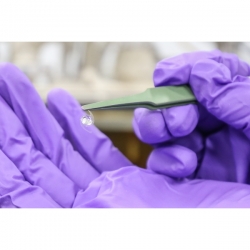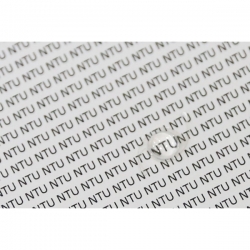In summary, our team used this new material to create a new generation of intraocular lens, which have the ability to resist adhesion on the surface, and can also make them have the potential of versatility through the difference in chemical properties on the surface. It can be adapted to a variety of surfaces as required, and it can also be modified for the required characteristics of the surface. It is hoped that this innovative material and technology can lead the birth of a new generation of biomedical components in other biomedical material markets.
.png)

